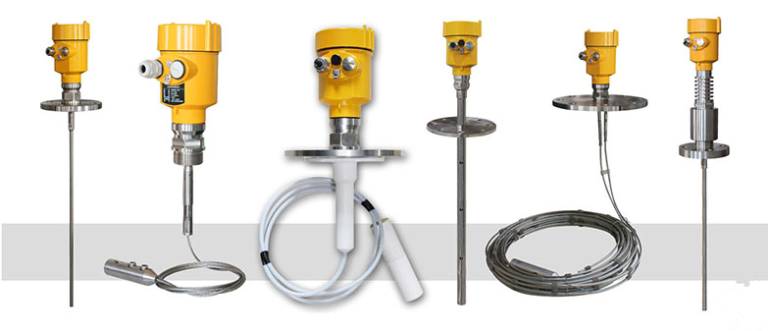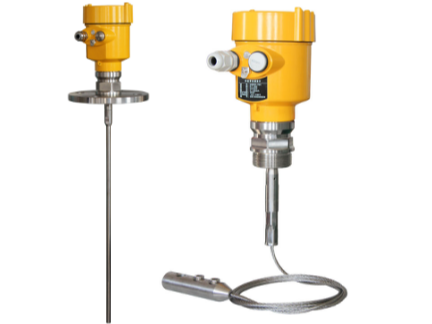In many cases, the radar level meter is installed inside the tank and does not meet the accuracy requirements at all. In order to gather microwave pulses and reduce scattering, one of the ways to do this is to install them inside a waveguide tube, especially where there are large fluctuations in the liquid level or where foam is generated. So how do you make a waveguide tube that is most beneficial to radar-level measurement?

The material of the waveguide should be carbon steel or stainless steel, if the ball tank is used, stainless steel must be used
In addition, some sources recommend that the waveguide is made in one piece, and if an extension is required, the outer jacket welding method must be used and the gap should be less than 1 mm, with no burrs or welds present on the inner wall. Burrs and welds can interfere with the true echo signal and affect the measurement results.

This last point is crucial and directly relates to whether the level is true or not. Therefore, more attention needs to be paid to it. The waveguide tube needs to be made with cross openings at spaced distances. The holes should not be too large or too small. If they are too large, the level in the tank will fluctuate; if they are too small, the level inside and outside the waveguide tube will not be consistent. Based on years of experience, an engineer has made a correspondence between the diameter of the wave-guide tube and the size of the opening. When the diameter of the wave-guide pipe is DN125, DN200, DN250, and DN300, the opening size of the wave-guide pipe is 0.1m², 0.4m², 0.8m², and 1.2m² in that order.
In order to ensure the accuracy of the radar level meter measurement, in addition to the addition of waveguide tubes, some can also be added to the bypass tube, you can choose a suitable way and method according to the characteristics of their own working conditions.
